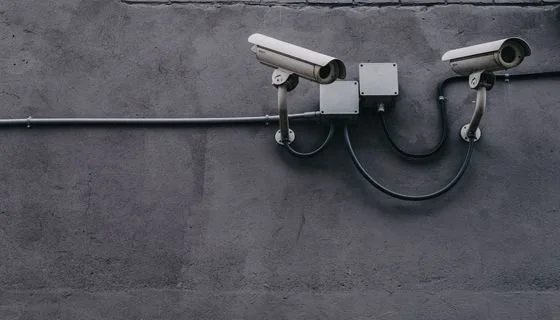RIT Teams Close-Up
The Hacking for Diplomacy (H4Diplomacy) student teams at Rochester Institute of Technology (RIT) are investigating problems from two unique directorates of the Bureau of Diplomatic Security: the Office of Security Technology (ST) and the Directorate of Cyber and Technology Security (CTS). The teams just conducted their mid-course presentations and impressed the audience with newly refined problem statements and thought provoking insights from discovery interviews with DOS personnel and industry experts.
In this issue, you will get a closer look at the three H4Diplomacy teams from RIT and see how they're progressing in their innovation journey during the current Spring 2023 semester.
Final Presentations
To attend the final presentations on April 25th and see the students present the data explaining the root cause of the problem and recommended solutions, click the sign-up link below.
Spring 2023 Statistics
13 students at Rochester Institute of Technology split up into three teams to tackle Department of State challenges. At the mid-point in the semester, they have conducted a cumulative 77 discovery interviews.
Meet the Teams at RIT
Team 1: Drone Detection Dilemma, sponsored by the Office of Security Technology
The Drone Detection Dilemma Team is tasked with finding a better way for security engineers at US embassies to detect and locate autonomous drones that can harm or surveil the people inside. They have worked closely with their problem sponsor to understand DOS' Counter-Unmanned Aircraft Systems program, including the budgetary and political considerations of their problem.
The team has conducted 20 discovery interviews to better understand the problem. They have also tapped into their academic network, gaining insights from professors of mechanical engineering, digital imaging, and remote sensing. They have narrowed down their original problem statement to focus specifically on high-risk embassies and are honing in on the detection of class 1 and 2 drones.
The Drone Detection Dilemma Team's proposed solution, in it's current state, is to collect a large amount of information about the embassy's surroundings, including audio, radar, visual, infrared, and radio frequency data, and identify anomalies using data integration software to determine the type and location of unidentified objects.
Team 2: Locating Imminent Danger, sponsored by the Office of Security Technology
The Office of Security Technology challenged this student team to help improve their Imminent Danger Notification System (IDNS). The team is searching for a fast and accurate way to detect the location of embassy security personnel when they trigger emergency alarms so that responders can more quickly address potential threats.
The students have conducted 27 discovery interviews. Striving to understand diverse perspectives on security issues, they have met with RIT professors and security personnel, local law enforcement officials, and several DOS security engineers.
In the early weeks of the semester, the team brainstormed several potential solutions, and they are going through a process of elimination as they conduct more discovery and rule out options as they learn more about the problem space. The team is exploring solution pathways that include repeater triangulation, commercial off-the-shelf technologies, and artificial intelligence supplementation.
Team 3: Data Architecture for Cybersecurity Team, sponsored by the Directorate of Cyber and Technology Security
The Data Architecture for Cybersecurity Team is helping the Directorate of Cyber and Technology Security take a close look at their event logging processes. The team is looking for a cost-effective way to collect, store, and analyze logs in order to increase their cybersecurity incident response capabilities across every DOS bureau and office.
The Data Architecture team has conducted 30 interviews with subject matter experts inside CTS and in private industry. To better visualize the movement of data, the team has mapped out a system flowchart that shows how data is pulled from many different DOS systems and devices, and eventually used to inform the decisions of network defenders.
Their current proposed solution is to insert a filtering mechanism into the system that can determine which log information is relevant and irrelevant to network defenders work. That data would be moved to the appropriate data lake for storage, while only the useful information is sent to be analyzed.





